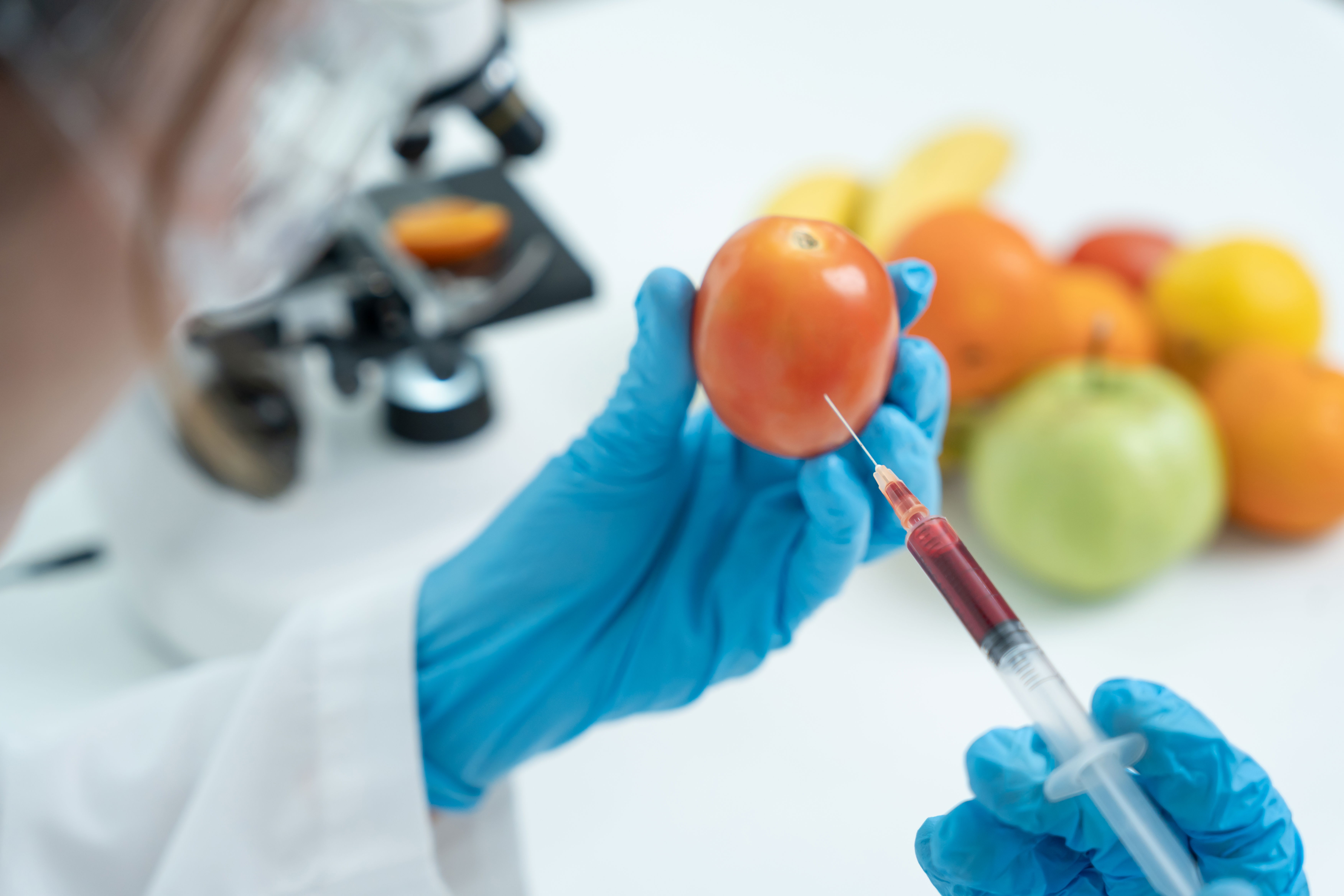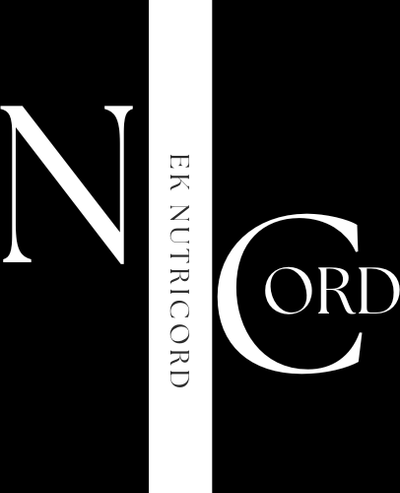FOOD FOR YOUR DNA: GENETIC HEALTH ON YOUR FOOD PLATE
Food after your Original DNA: Nanoparticles in Foods
The regulation of your gene expression through histone proteins, chromatin, and modifications to DNA has been hypothesized in research to play a key role in many human diseases1. The role of engineered nanoparticles (nano sensors, nanogels, nanofibers, nanotubes, nanocomposites, quantum dots, nanorods, nanowires, nanoplates, and nano capsules) requires further attention to understand how they influence our gene expression, especially with the era of technological revolution in food production processes, inclusive of packaging. These nanomaterials are termed as small engineered objects at the nanoscale with excellent characteristics in some, such as color, optics, strength, magnetism, thermodynamics, bioavailability, diffusivity, and solubility2. Also, additions into food products encompass additives, fortification, whitening agents, powder flowability, food flavors, substances in packaging, encapsulated food components (intelligent systems to control release of nutrients in the body), food pathogen detectors, and for nutritional supplements2.
What you eat matters. But what you eat often (ingestion rate, overconsumption, and bioaccumulation) matters most. Nanoparticles in the food come from industrialized food production to packaging. Whereas, naturally sourced, packaged, and prepared organic foods are potentially free from engineered nanoparticles. The nanotoxicity affects the DNA, cell stimulation, cell mobility changes, cytotoxicity, apoptosis, and even cancer formation3,4,5. Previously, nanotoxicity has been researched using an environmental health lens on rodents, aquatic species, and macrophages, yet, as humans, we are increasingly exposed to these materials in our food within an ever changing world into tech-related food production e.g. lab meats and reducing carbon footprints in humans by slowly transitioning them into transhumanism (with less carbon footprint). The DNA is an inheritance to the next generation (just like a book containing all vital information and is passed forth to generations). Hence, an altered DNA not only affects an individual but also runs down to the next generation with such an anomaly/methylation changes. Why is your unaltered DNA important? Because your DNA is you (emotions, intellect, and will). To alter the DNA is literally entering forbidden gates of the soul and changing humanity to what is unknown. Keeping your DNA intact and healthy is hence paramount to ensure the next generation is safe/healthy.
Changes in DNA can result from:
- Overconsumption of processed foods.
- Cumulative exposure to nanoparticles (bioaccumulation).
- Long-term dietary habits involving engineered substances.
This is a generational concern. Altered gene expressions can be passed on to your children, affecting their susceptibility to disease, development, and overall well-being.
Opt for Organic Foods Sourced Directly from Nature
It is easier said than done. We live in a time of convenience (supermarket apps for home deliveries, processed foods, and a highly industrialized economy). Traditional methods of food sourcing, preparation, and preservation are dwindling away as engineered foods take center stage in the world. Is it possible to live in a world free of nanoparticles in foods, drinks, candies, and condiments? The answer is not as straightforward as we may think. Individuals need to be informed of the pros and cons of these engineered nanoparticles in almost any industrialized, processed, and packaged food product and make decisions not only for their household but for generations that come. Seek locally sourced foods that are organic, use traditional cooking and preservation techniques, and use foods free from excess artificial additives and packaging. Preserve your genetics, you will need it for the upcoming future where “pure and mortal humans” shall be rarer than the gold of Ophir.
Works Cited
1. Smolkova, B., El Yamani, N., Collins, A. R., Gutleb, A. C., & Dusinska, M. (2015). Nanoparticles in food. Epigenetic changes induced by nanomaterials and possible impact on health. Food and chemical toxicology: an international journal published for the British Industrial Biological Research Association, 77, 64–73. https://doi.org/10.1016/j.fct.2014.12.015
2. Sahoo, M., Vishwakarma, S., Panigrahi, C., & Kumar, J. (2021). Nanotechnology: Current applications and future scope in food. Food Frontiers, 2(1), 3-22. https://doi.org/10.1002/fft2.58
3. Fu, P. P., Xia, Q., Hwang, H. M., Ray, P. C., & Yu, H. (2014). Mechanisms of nanotoxicity: generation of reactive oxygen species. Journal of food and drug analysis, 22(1), 64-75. https://doi.org/10.1016/j.jfda.2014.01.005
4. Cui, G., Su, W., & Tan, M. (2021). Formation and biological effects of protein corona for food-related nanoparticles.. Comprehensive reviews in food science and food safety.https://doi.org/10.1111/1541-4337.12838.
5. Demirtürk, Z., & Uçkan, F. (2025). The effects of alumina and polystyrene nanoparticles on global DNA methylation, antimicrobial peptides, and intergenerational inheritance of Galleria mellonella. Drug and Chemical Toxicology,48(4),729–742. https://doi.org/10.1080/01480545.2025.2483970

